Historically low interest rates, a rush of out-of-state homebuyers, limited inventory and higher construction prices for new homes have made for a frenzied housing market that has put homeownership further out of reach for some South Dakota residents.
The highly competitive housing market is leading to a range of outcomes often seen in coastal states but rarely in South Dakota.
First-time homebuyers or those looking for properties at an affordable price have found themselves in bidding wars with others willing to pay $20,000 to $60,000 above list price. Offer prices are being driven up by high demand from out-of-state residents moving to South Dakota for work, the lifestyle or because they approve of how the state operated during the pandemic. Everyone is competing for a smaller pool of homes on the market, and some South Dakota homes are selling in less than two days.
“I’ve been in real estate for 33 years and I’ve never seen it like this,” said state Rep. Roger Chase, R-Huron, who is a real-estate agent. “A lot of people want to move here.”
The frenzied market is pushing up home prices and making it more difficult for low- to medium-income residents to achieve homeownership. The $45,000 average yearly income in South Dakota cannot compete with the purchasing power of a six-figure, out-of-state salary. Those longtime residents who normally would be able to purchase a home are forced to remain in rental properties, further putting a limit to the available rental units for families in need of affordable housing.
“All of this demand doesn’t seem to be able to be fed with home purchases, so it’s going to the rental market,” said Bryan Achbach, director of the Pennington County Housing and Redevelopment Commission.
Many of the major complexes the coalition uses in Rapid City are at 100% capacity with waiting lists, which is not normal, Achbach said. The commission’s clientele has had trouble finding units to rent and existing renters are seeing rents rise rapidly, Achbach said.
“Families are being put in a really tough spot for circumstances that are really out of their control,” he said.
The strong seller’s market is putting an emotional strain on potential buyers, especially those trying to achieve home ownership for the first time and obtain the financial stability and investment equity that come with owning a home .
Eilish O’Toole of Sioux Falls thought 2021 was the right year for her to buy a home.
Her rent was becoming high enough to equal a mortgage payment and O’Toole, who works for Lutheran Social Services and helps former inmates transition back to society, wanted a yard for her son to play in.
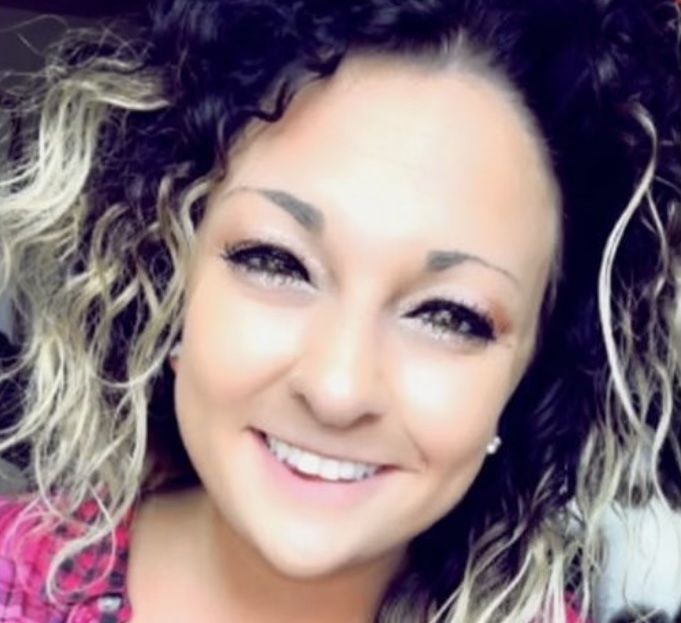
O’Toole, 25, got pre-approved for a low-interest FHA loan in January and initially started looking for a home on the west side of Sioux Falls. She expanded her search into downtown and eventually into eastern Sioux Falls as houses in her price range of around $200,000 were quickly snatched off the market.
The first house she looked at was put under contract by another buyer just as O’Toole pulled in the driveway for a tour. Her agent then texted her at 8 p.m. to alert her of a showing for another house. When O’Toole arrived, 30 other people were walking through the property, one of the few homes left in her price range. O’Toole put in bids well over asking price on four houses but was out-bid each time.
O’Toole eventually gave up the search and signed a lease in a new apartment. She didn’t want to stay in her current apartment, where rent was increasing by 18% and beginning to charge separately for utilities. The new apartment wasn’t easy to find either, she said.
“I think everybody must be moving to Sioux Falls,” she said. “Apartments were [renting] before I could pick up an application.”
Housing availability and affordability are concerns in every South Dakota county, said Rep. Chase, who will chair a legislative summer study to identify how the state can help communities strengthen their local housing market. The first meeting for the group is scheduled for June 9 in Pierre. Other meetings will likely be held on the western and eastern sides of the state, Chase said.
“Lack of housing is what’s keeping South Dakota from growing more quickly,” Chase said.
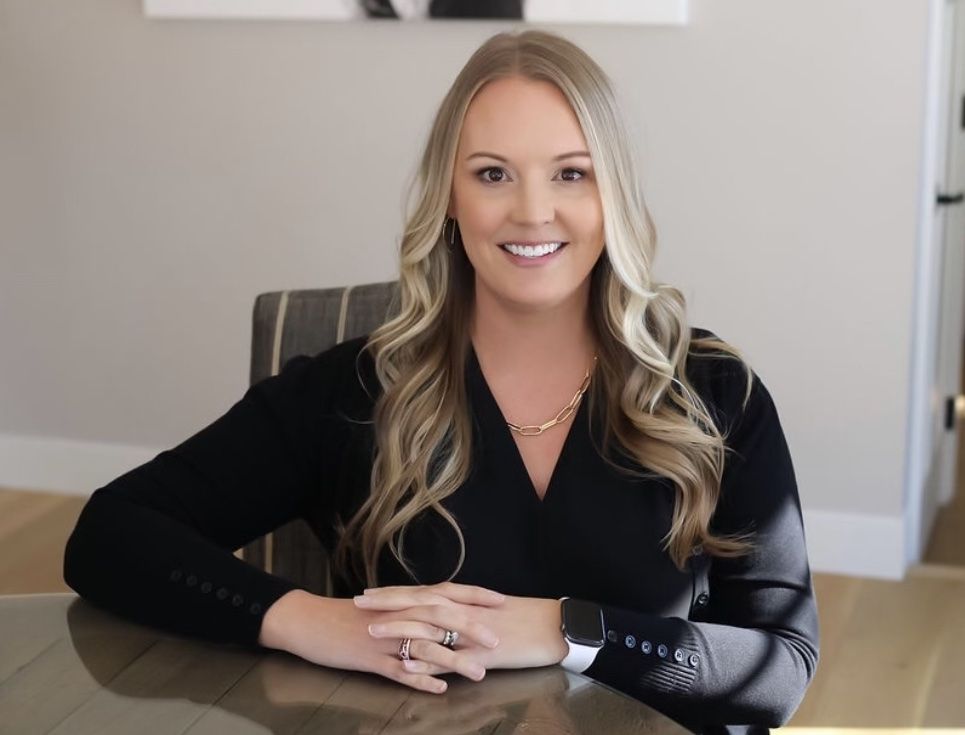
An urban and rural issue in S.D. and U.S.
The seller’s market among real estate in South Dakota is part of a nationwide trend.
Available housing inventory in the U.S. hit a record low 1.03 million units at the end of February, according to the National Association of Realtors. The number of homes on the market in March was 52% lower than in March 2020, according to realtor.com. The growth of online home sales has helped speed up the purchasing process. What used to be a national average of a 60-day sale is now down to 20 days.
Amid the frenzy in the Rushmore State, sellers who are fielding numerous offers are also having trouble finding a new house to move into; some are holding onto their property until they can build, compounding the decline of inventory.
“We’re hearing some sellers say, ‘That’s great, I could sell my place, put that equity to work for myself, but where would I go?’” said Darla Abels-Ling of Keller Williams Realty in Sioux Falls.
The tight housing market is forcing some South Dakotans to make difficult or somewhat drastic decisions in order to afford a home.
First-time buyers Miranda Dingus and her husband competed against 22 other offers on a home. Before they bid on one home, 66 other people had already toured the property.
Macy Trautner, 24, and her boyfriend, Adam Christensen, were looking to move out of metro Sioux Falls, but homes in the surrounding towns were selling too fast and too far out of their price range. One house the couple toured in Harrisburg had sold the day after it went on the market for $30,000 over the asking price.
Another home they were interested in started receiving bids in the first hour of an open house. The first-time homebuyers ended up purchasing a home that had been damaged in the 2019 floods and hope to take occupancy in June once repairs are completed.
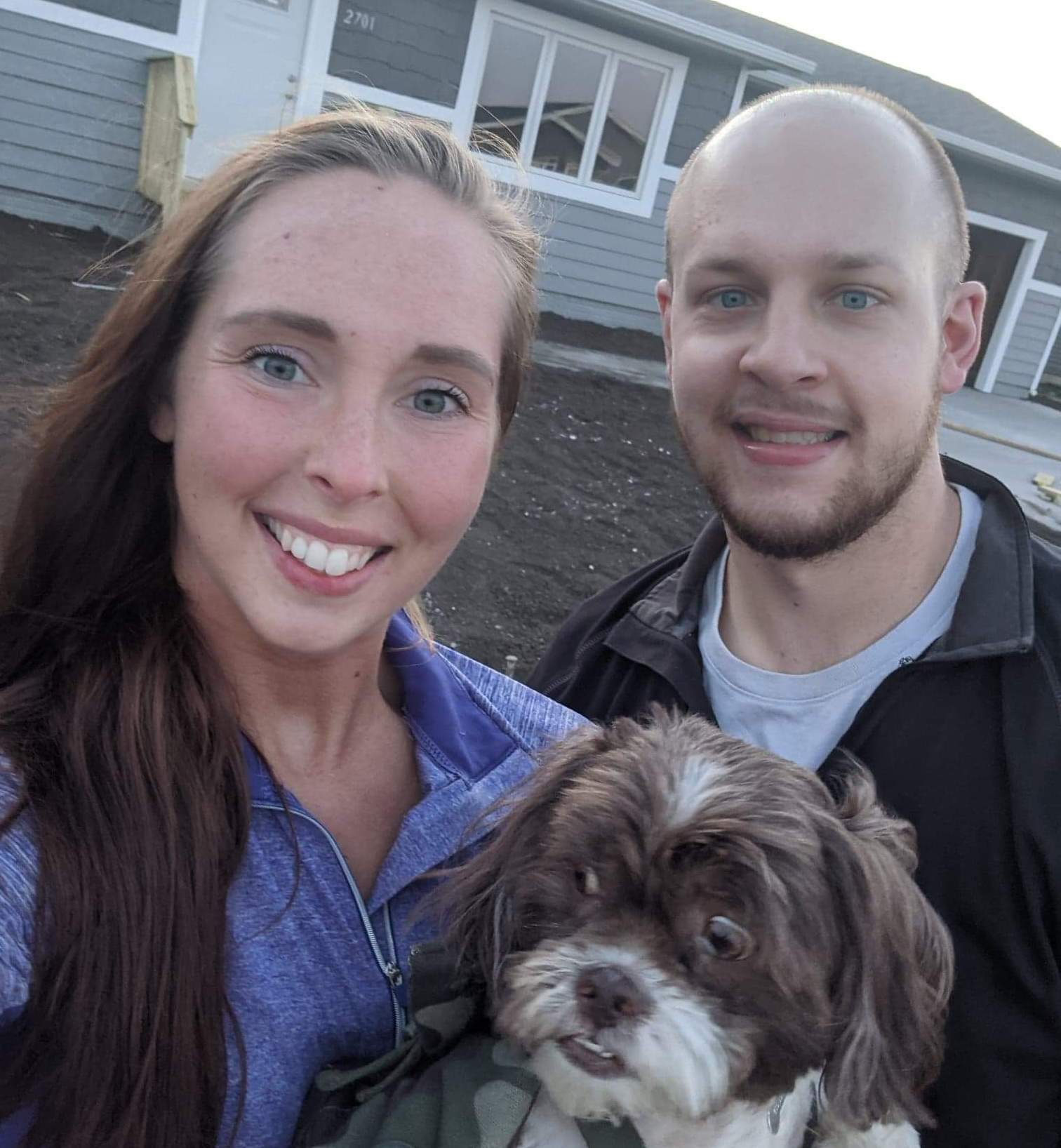
Beth Meyer of 605 Real Estate warns her clients they may have to act fast and put in multiple bids before getting a contract. In the first weekend in May, she had 40 people look at a $260,000 home. This time last year, she considered an open house successful if it attracted six potential buyers.
“It’s been a skill to get our buyers through this emotional roller coaster,” Meyer said.
Real-estate agents are far busier than normal and benefiting financially from the hectic market.
Lynn Morris tells her Watertown-area realty team to answer their phones as often as possible.
Morris used to instinctively ignore most calls from out of state because she suspected they were spam. Now, she picks up every call because the person on the other end is probably looking to buy a home in South Dakota.
When the COVID-19 pandemic hit last spring, Morris was initially worried that business would slow or come to a halt. She jokingly describes that period as the “five-minute pause” before people from out of state started coming to South Dakota because they were attracted to how the government implemented few restrictions during the pandemic.
She estimates her out-of-state client base has increased by 80% over the last year.
“We’ve had so many people coming from out of state,” Morris said. “We went from a ‘pandemic pause’ to now our phones are ringing off the hook with out-of-state buyers. We have an inventory shortage. For the first time, things are selling over list price.”
Cathy Evans, Executive Director for Lemmon Housing and Redevelopment Commission, said the majority of those purchasing homes in Lemmon are from around the area.
Lemmon, population 1,200, straddles the border of North Dakota and South Dakota and is also seeing strong interest from of out-of-state homebuyers.
Evans said she recently received an out-of-the-blue call from a California resident looking to purchase a home to move to Lemmon next year.
“In the past year, I’ve gotten lots and lots of phone calls from people needing housing,” she said. “If I have a house come open, people know about it in five minutes.”
The housing commission is getting creative in finding ways to convert existing structures into housing opportunities.
Last year, Evans found that Lemmon had 100 vacant houses. She is leading an effort to purchase those homes and fix them up. The commission also purchased a beauty shop that was vacant for 10 years and is turning it into a duplex.
“There are people wanting to move here, but there’s no housing for them to move into,” she said.
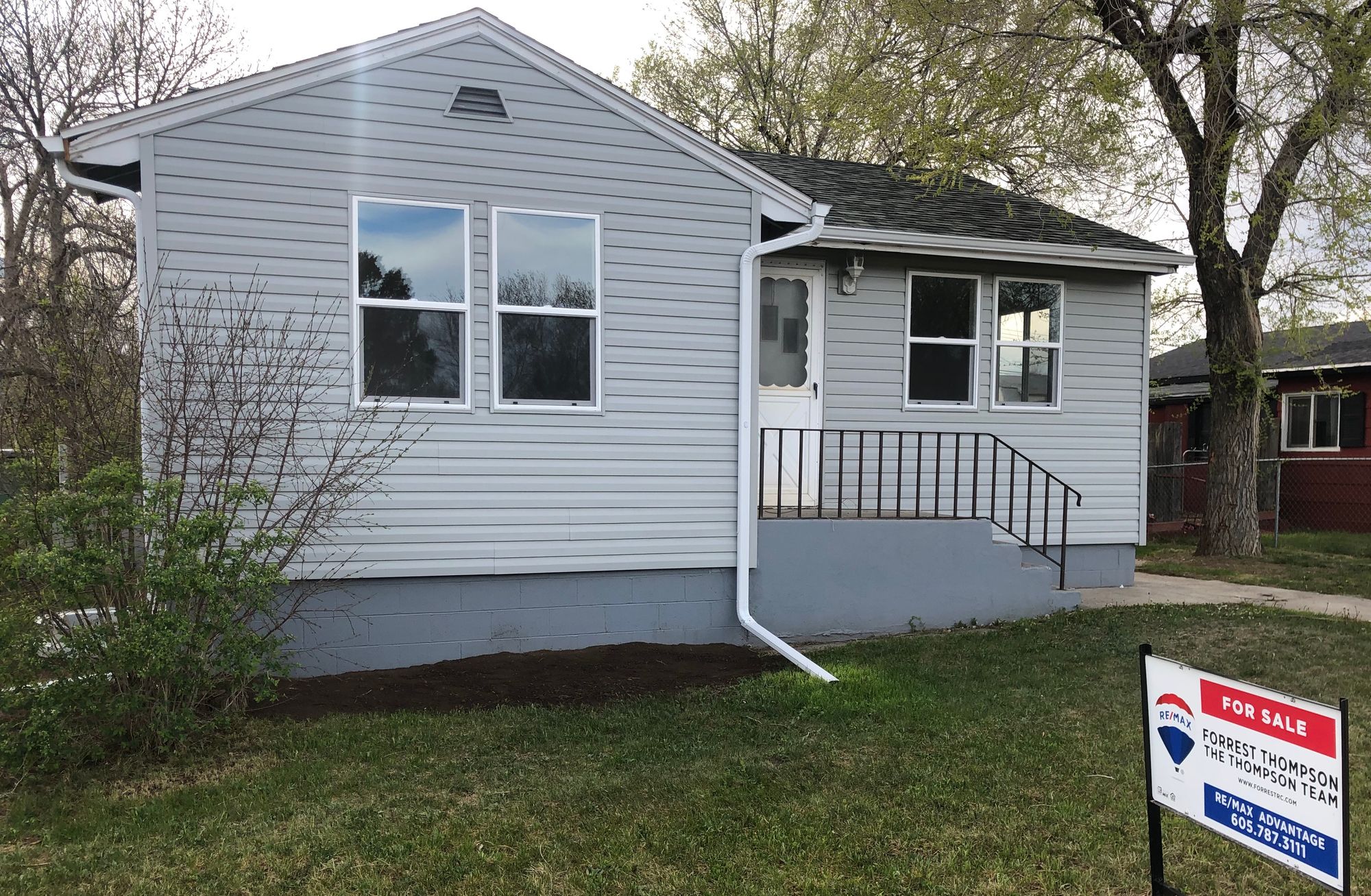
High construction prices further tighten market
Some sellers are using the extra cash they get for their homes to construct a new home, a prospect that is costly due to high prices for construction materials.
Those trying to build are seeing anywhere from an 18% to 80% hike in material costs, especially in lumber, because of production shutdowns during the pandemic. On the national level, the price of lumber reached an all-time high of $1,359 per thousand board feet, according to Fortune Magazine.
Last year, lumber for a house would cost Sioux Falls area builder Mike Schlapkohl about $30,000 on average. This year, prices are averaging more than $52,000, a 73% increase. Other construction material prices are also rising, especially those manufactured in parts of the country that shut down for longer periods of time during the pandemic, such as California. A lot of resin used to make PVC and OSB pipes is brought in from Texas, where a February deep freeze halted manufacturing.
“The mills shut down and were not producing material, but the demand stayed the same or went up,” Schlapkohl said.
Schlapkohl, who has been a builder in the area for about eight years, said the spike in lumber prices hasn’t deterred people who want to build.
“Everyone I’m working with just sold their house for $60,000 to $80,000 more than they would have normally, so they’re not too concerned about higher cost in lumber,” he said.
In February, there were building permits authorized for 1.68 million privately owned new housing units across the country, according to the U.S. Census Bureau, 17% above February 2020.
Costs for materials to build homes in the Governor’s House Program have gone up about 19%, said Lori Moen, chief operating officer for Grow South Dakota. Governor’s houses are affordable homes built at the Mike Durfee State Prison in Springfield for low- to medium-income families.
The income levels of some new entrants into the homebuying population have also made it harder for low- to medium-income people to afford a home, said Nacasius Ujah, a finance professor at South Dakota State University. More millennials with more spending power are entering the housing market, further driving up prices and reducing inventory of moderately priced homes, he said.
The average cost of a home has also increased over the past decade. According to Zillow, a single family home in South Dakota on average cost about $161,000 in 2012; this year the average is $253,000.
The increase in materials cost, demand for housing and increase in house prices have reduced affordable housing options, especially in rural communities, Moen said.
“In our rural communities, the housing stock is short to begin with,” she said. “Families who live in those communities are finding it difficult to find housing they can afford and that’s suitable for them.”
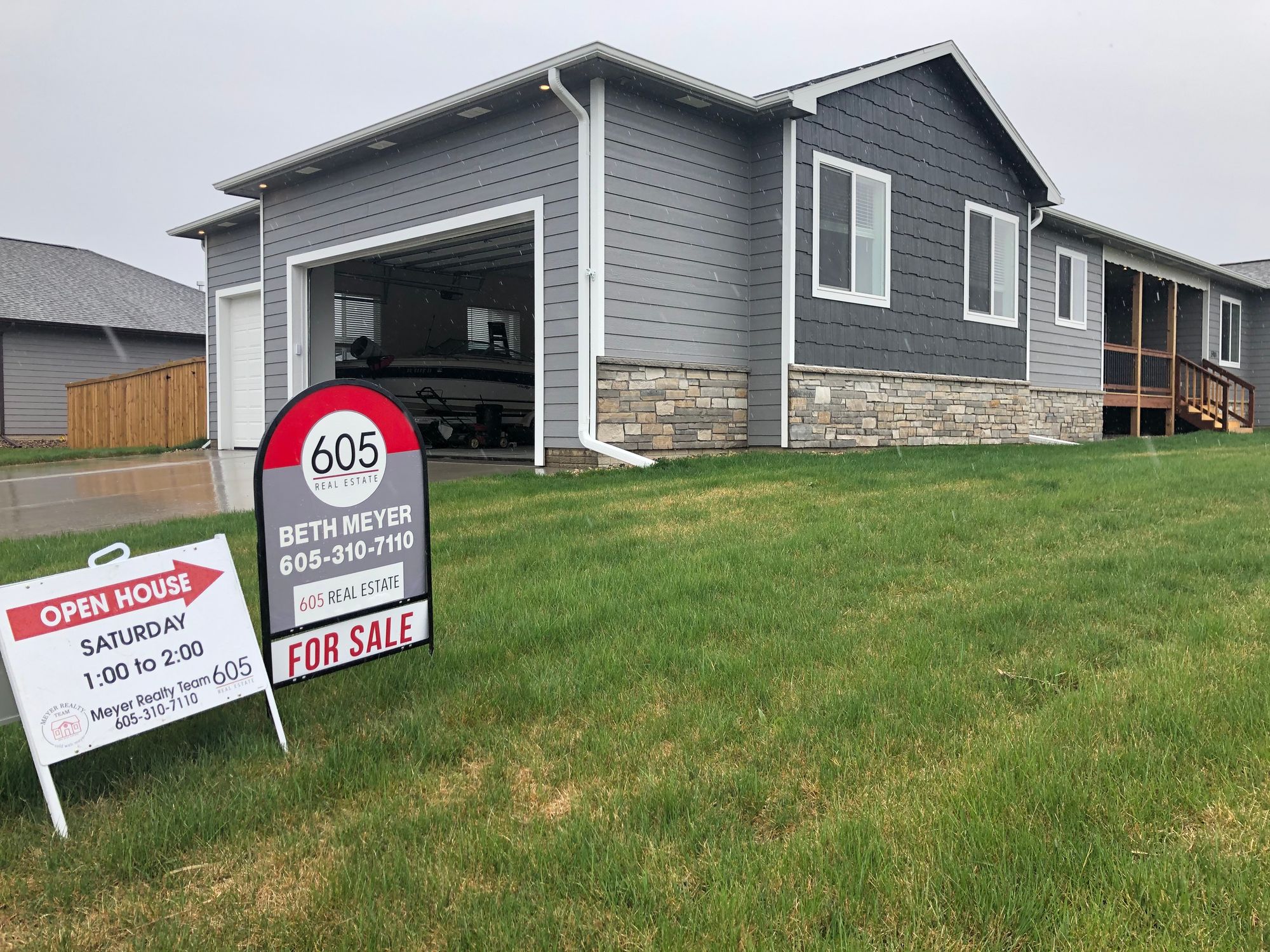
More buyers seek finance assistance
The need for financing help increased during the pandemic among medium-income working families who did not qualify for purchasing assistance, Moen said.
In 2020, Grow South Dakota helped 649 people across 250 households receive emergency financial assistance, food and utilities. In 2019, the statewide nonprofit provided emergency financial assistance to 500 people in 185 households. Grow South Dakota helped another 276 individuals in 175 households under the South Dakota Housing Development Authority CARES Act Emergency funds.
“The need is definitely there,” Moen said. “A lot of people are thinking they can do it one more month and coming in when it’s more of a challenge to meet that mortgage payment.”
Most down-payment and closing cost assistance programs are focused on people who meet 80% of the median area income or less, a United States Department of Housing and Urban Development guideline. Families that make just over that amount still may not be able to afford the down payment or closing cost for a house, but don’t qualify for assistance.
Grow South Dakota offers a financing gap-assistance program for families who make between 80% and 115% of the median area income. That money was used quicker than usual this year, Moen said.
“That’s our workforce,” Moen said. “We need to give them opportunities for generational wealth.”
Across the state, real-estate agents are bracing for a continued high demand for housing and further price increases.
Sioux Falls area agents expect the northern part of town and surrounding towns to explode with the upcoming building of an Amazon fulfillment center, scheduled to be finished in 2022 and create about 1,000 full-time jobs. The Seattle-based company recently opened a 60,000 square-foot delivery warehouse on the northeastern side of town, separate from the fulfillment center.
Local real-estate agents expect the market to stay hot at least throughout the rest of the year. Their advice to prospective buyers is to get pre-approved for loans and brace for an emotional bidding war or the prospect they may need to keep renting.
“We’re having a hard time finding houses for our current buyers,” said Meyer, of 605 Real Estate in Sioux Falls. “We’re going to get an influx of amazing employment but where are we going to house these people?”
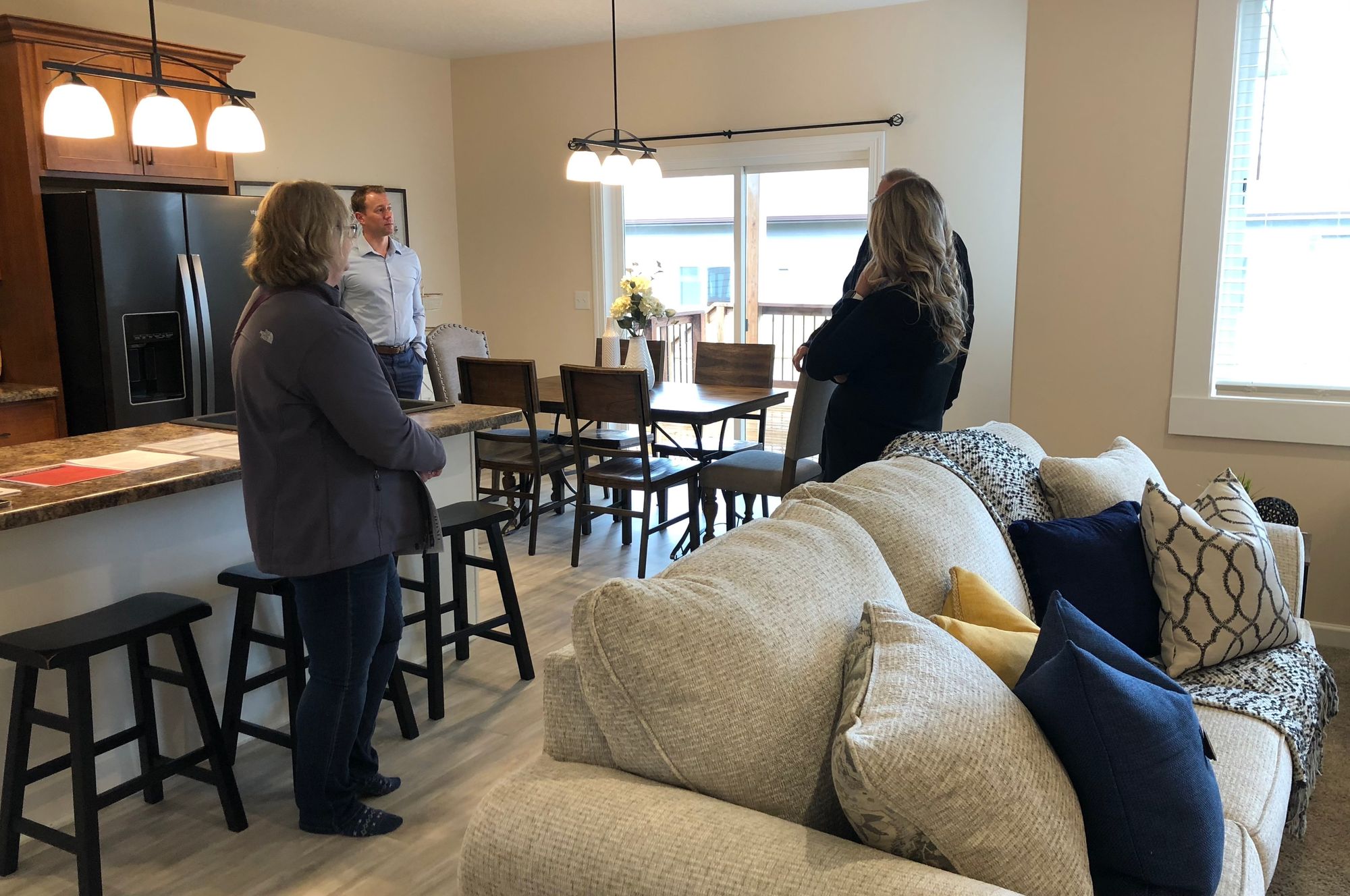
Homeownership interest increasing in Native American communities
The pandemic pushed more Native American families to consider home ownership.
During the first six months of 2020, 193 people enrolled in classes for first-time homebuyers and financial literacy offered by reservation-based community development groups compared to 190 people in all of 2019, according to the South Dakota Native Homeownership Coalition.
Lenders closed 40 home loans with Native American buyers in the first half of 2020, compared to 47 loans in all of 2019, according to the coalition.
Numbers for the rest of 2020 aren’t yet available, said Tawney Brunsch, executive director of the coalition. The coalition is surveying last year’s loan and mortgage activities. Brunsch said she expects the number of home improvement loans and mortgages to continue to increase.
“We believe that [increase] is from the pandemic making us acutely aware of the need to provide more space in a home,” she said this week.
Multiple generations often live in one household, which is common on South Dakota reservations in part because there is a severe shortage of available housing.
“There’s not a lot of homeless population on South Dakota reservations because we tend to take our family members in,” Brunsch said. “That results in severe need for repair and renovation.”
According to a 2019 housing study on the Standing Sioux Rock Reservation, 95% of those living on the reservation said it was a challenge to find affordable, quality housing on the reservation. Almost 12% of all occupied housing units and 16.5% of renter-occupied units there are overcrowded. To meet growing housing needs over the next 15 years, a minimum of 458 additional will either need to be built or rehabilitated, according to the study.
Reservation communities often don’t have local real-estate agents or home sale websites. Building on reservations is expensive, Brunsch said. The remote locations put people farther from contractors and building materials. The price spike in materials has made building on reservations even more expensive, she said.
Despite those hurdles, Brunsch said the interest in homeownership is still increasing. Brunsch, who is also chair of the Lakota Federal Credit Union in Pine Ridge, said a pipeline of potential borrowers for the credit union’s home improvement loans and mortgage programs is growing.
“I expect there to be big increases of borrowers who are super interested in finally taking the plunge of becoming homeowners,” she said.




